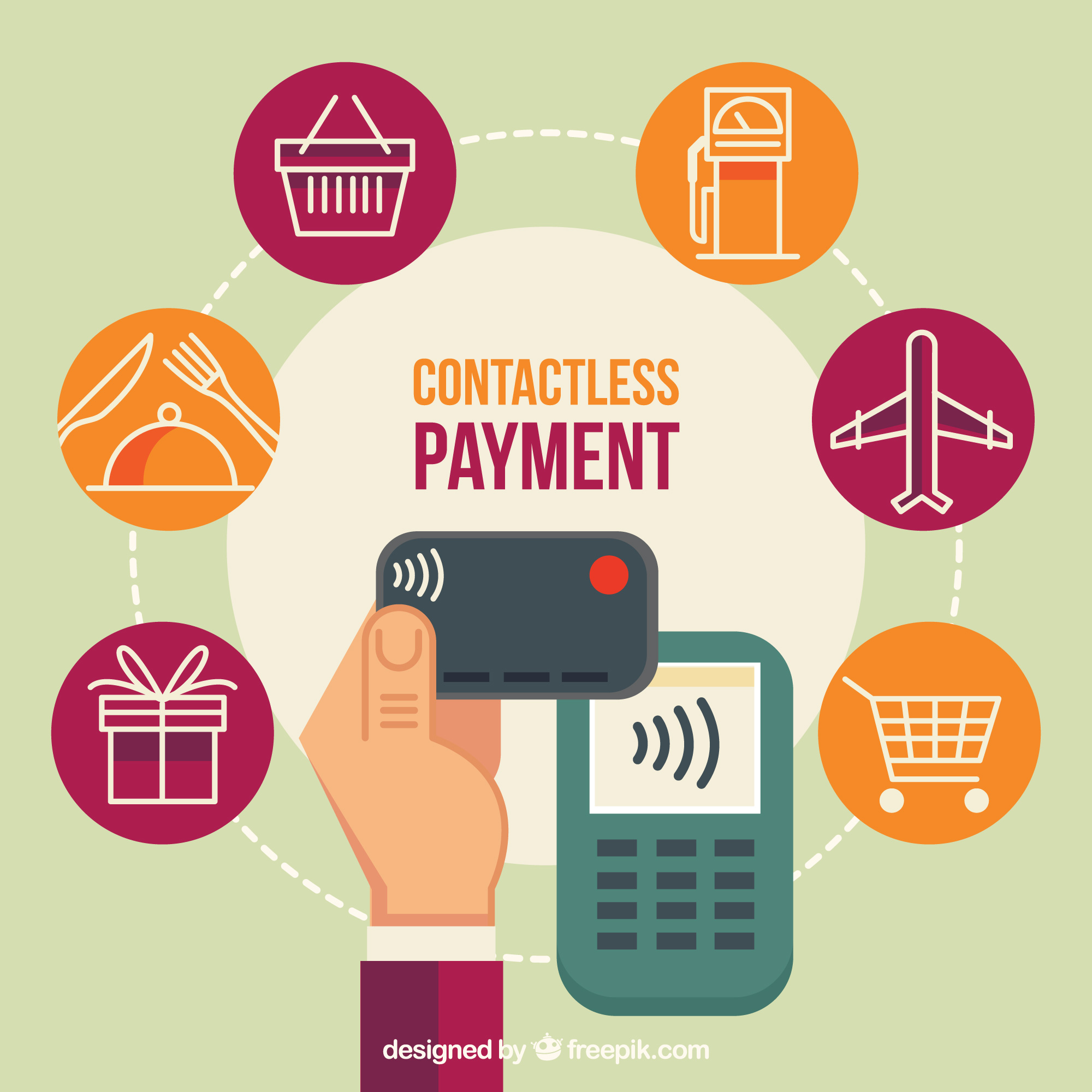NFC (Near Field Communication) technology and the Internet of Things (IoT) represent two dynamic forces in the digital landscape. When these technologies are integrated, they create a powerful synergy that enables seamless connectivity, automation, and data exchange between devices. Here’s a deeper exploration of how NFC and IoT work together to unlock new possibilities across various sectors.
Device Pairing and Configuration
One of the standout features of NFC technology is its ability to simplify the pairing and configuration of IoT devices. By embedding NFC tags in IoT devices or their packaging, users can initiate the setup process simply by tapping their NFC-enabled smartphone or tablet against the device. This intuitive pairing eliminates the cumbersome process of manual configuration, thereby reducing barriers for users who may not be technologically savvy. The ease of setup encourages greater adoption of IoT technologies, making smart devices more accessible to the general public.
Smart Home Automation
In a smart home environment, NFC-enabled devices can work in concert with one another to facilitate automation and control. For instance, a user might tap an NFC tag located near their front door to trigger a sequence of actions such as turning on the lights, adjusting the thermostat, and locking the doors—all in one seamless motion. This kind of personalized home automation not only enhances convenience but also improves energy efficiency and security. The ability to customize actions based on NFC tags adds a layer of personalization that can enhance the user experience.
Asset Tracking and Management
NFC-enabled IoT devices are increasingly valuable in asset tracking and management across various industries. By attaching NFC tags to physical assets like equipment, tools, or inventory items, businesses can monitor their location, status, and maintenance history in real-time. This real-time visibility allows organizations to optimize asset utilization and improve operational efficiency. Employees can quickly scan NFC tags with mobile devices or readers to update asset records, ensuring accurate inventory management and reducing the risk of loss or misplacement.
Retail and Inventory Management
In retail settings, the combination of NFC technology and IoT devices is transforming inventory management and product tracking. Retailers can use NFC tags to label merchandise, allowing them to track its movement from the warehouse to store shelves. NFC-enabled point-of-sale (POS) terminals can read these tags to update inventory levels in real-time, automate reordering processes, and enhance overall stock management efficiency. This capability not only streamlines operations but also minimizes out-of-stock situations, thereby improving customer satisfaction.
Healthcare and Wearable Technology
NFC technology is playing a crucial role in healthcare, particularly in wearable devices and medical equipment, facilitating secure data exchange and real-time patient monitoring. For example, NFC-enabled fitness trackers can communicate with smartphones or healthcare providers’ systems to transmit health data, track medication adherence, and monitor vital signs. This seamless exchange of information enhances patient engagement and allows healthcare professionals to provide more personalized care, ultimately leading to better health outcomes.
Smart Packaging and Supply Chain Management
In the realm of smart packaging, NFC-enabled IoT devices are enhancing supply chain visibility and product authentication. NFC tags embedded in product packaging can store essential information such as product details, authentication codes, and tracking data. Supply chain stakeholders can scan these tags at various points along the supply chain to verify authenticity, track product movement, and ensure quality and safety. This transparency not only builds consumer trust but also enables manufacturers to respond quickly to any issues that may arise, such as recalls.
Personalized Customer Experiences
NFC-enabled IoT devices also pave the way for personalized customer experiences by enabling interactions between physical products and digital content. For instance, retailers can integrate NFC tags into product displays that provide additional information, promotions, or purchasing options when customers tap their smartphones against the tags. This interaction enhances the shopping experience, making it more engaging and informative, which can lead to increased sales and customer loyalty.
Conclusion
The synergy between NFC technology and the IoT is unlocking a world of possibilities across various industries. By facilitating seamless connectivity, automation, and data exchange between devices, these technologies are revolutionizing the way we live, work, and interact with our surroundings. As both NFC and IoT continue to evolve, their combined potential will further transform industries, driving innovation, efficiency, and improved user experiences. The future is bright for NFC and IoT, with endless opportunities for enhancing connectivity and streamlining processes in our increasingly digital world.
